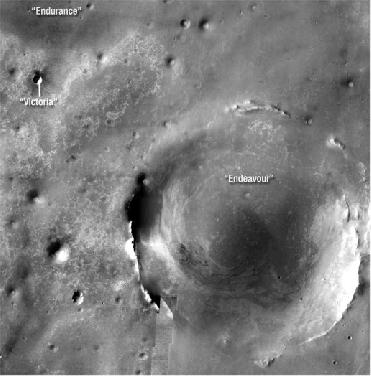
WASHINGTON, DC (BNS): After sitting in the Victoria Crater for more than two years, NASA’s Mars Rover Opportunity is setting its sights on a crater that is 20 times larger that its present home.
According to NASA scientists, if Opportunity has to reach that place it needs to drive approximately 11 km to the southeast. This is the total distance Opportunity has traveled since it landed on Mars in early 2004. Rover climbed out of the Victoria Crater last month.
Steve Squyres of Cornell University, principal investigator for the science instruments on Opportunity and its twin rover, Spirit, said that one may not get there, but it is scientifically the right direction to head. “This crater is staggeringly large compared to anything we've seen before,” Squyres said.
Scientists said that by getting there they would be able to look inside a 22 km wide bowl. “One can also expect to see a much deeper stack of rock layers than those examined by Opportunity in Victoria Crater,” they opined.
Expressing his views, Squyres said that he would love to see that vision from the rim. “But even if we never get there, as we move southward we expect to be getting to younger and younger layers of rock on the surface. Also, there are large craters to the south that we think are sources of cobbles that we want to examine out on the plain. Some of the cobbles are samples of layers deeper than Opportunity will ever see, and we expect to find more cobbles as we head toward the south,” Squyres added.
Scientists at NASA say that Opportunity will have to pick up speed to reach there. According to the rover team, Opportunity may be able to travel about 110 yards every day if it is driven towards the Endeavour crater. “Even at that pace, the journey could take two years,” the rover team estimated.
John Callas, project manager for both Mars rovers at NASA's Jet Propulsion Laboratory in Pasadena, California, said that this was a bolder, more aggressive objective than what one had imagined. “It's tremendously exciting. It's new science. It's the next great challenge for these robotic explorers,” Callas said.
Scientists are of the view that Opportunity, like Spirit, is well past its expected lifetime on Mars, and might not keep working long enough to reach the crater. “However, two new resources not available during the 6 km drive toward Victoria Crater in 2005 and 2006 are expected to aid in this new trek,” they said.
Callas said that with the High Resolution Imaging Science Experiment (HiRISE) camera on NASA's Mars Reconnaissance Orbiter, it was helpful to identify drive paths and potential hazards on the scale of the rover along the route. “This is a great example of how different parts of NASA's Mars Exploration Programme reinforce each other,” Callas said.
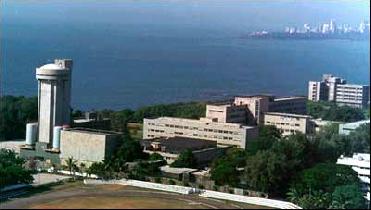 Previous Article
Previous Article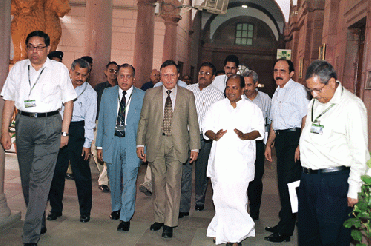 Next Article
Next Article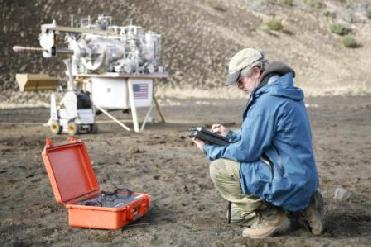
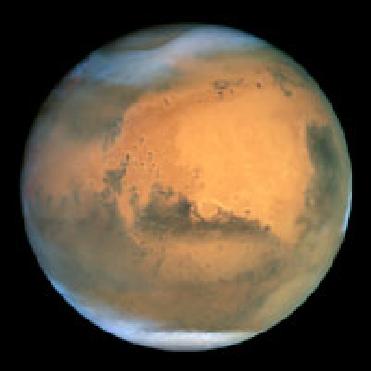
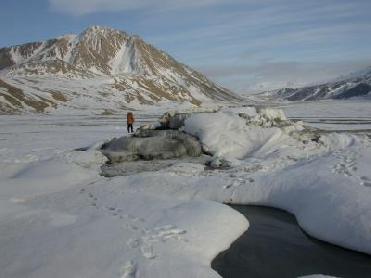
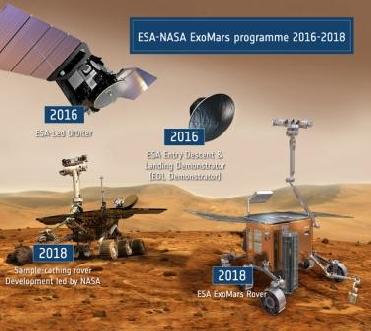










The Indian Air Force, in its flight trials evaluation report submitted before the Defence Ministry l..
view articleAn insight into the Medium Multi-Role Combat Aircraft competition...
view articleSky enthusiasts can now spot the International Space Station (ISS) commanded by Indian-American astr..
view article